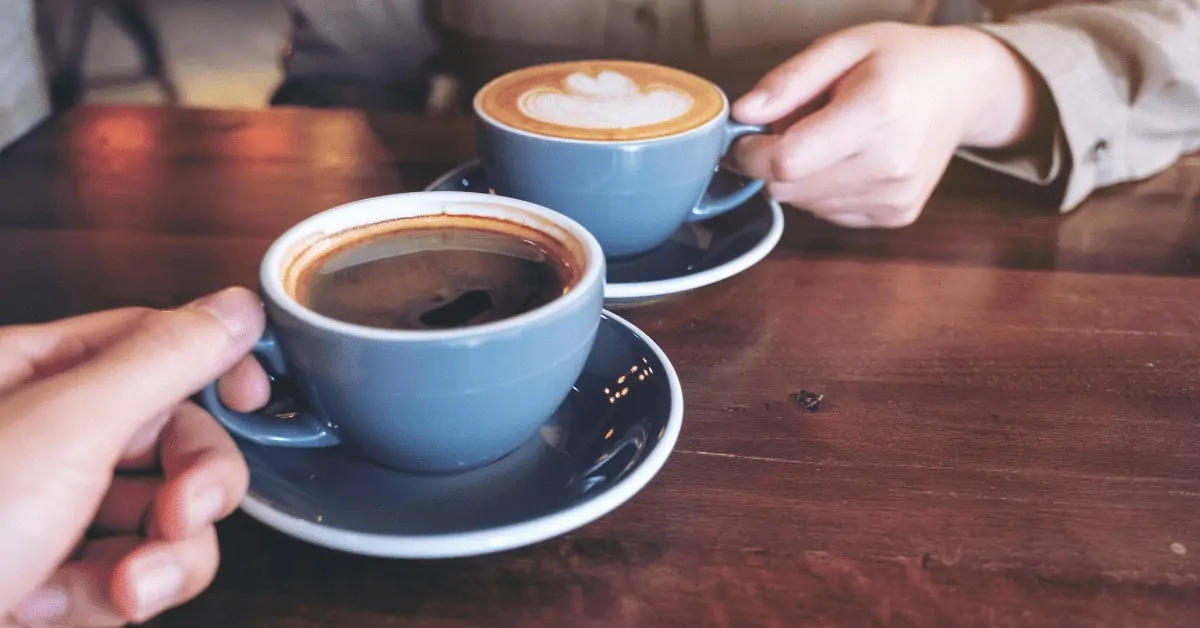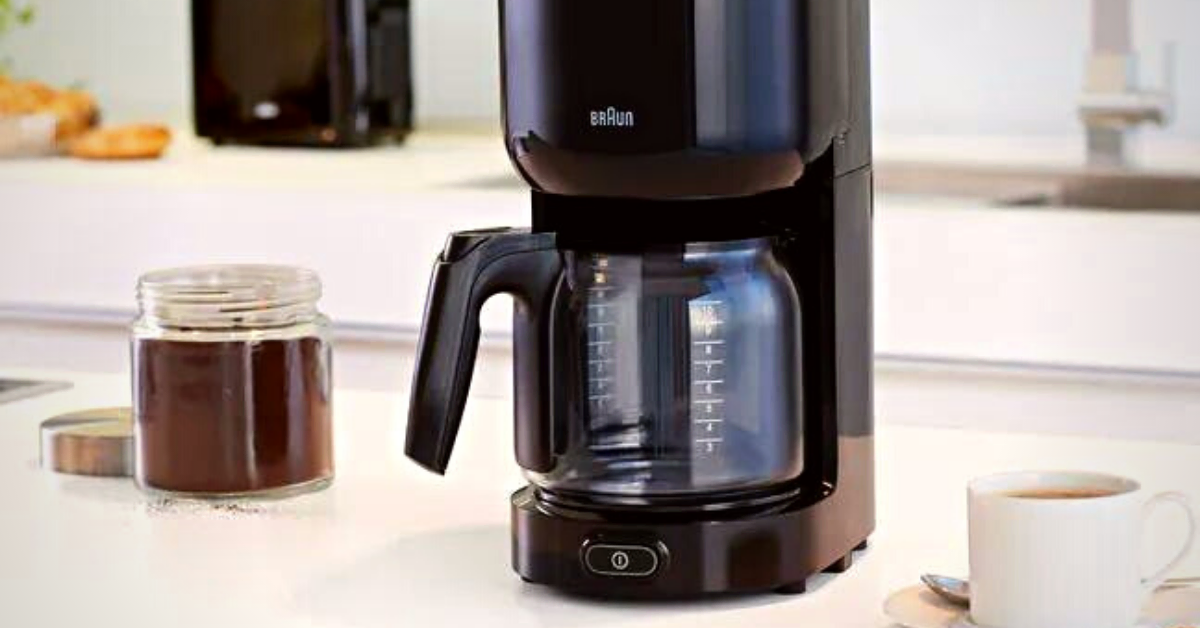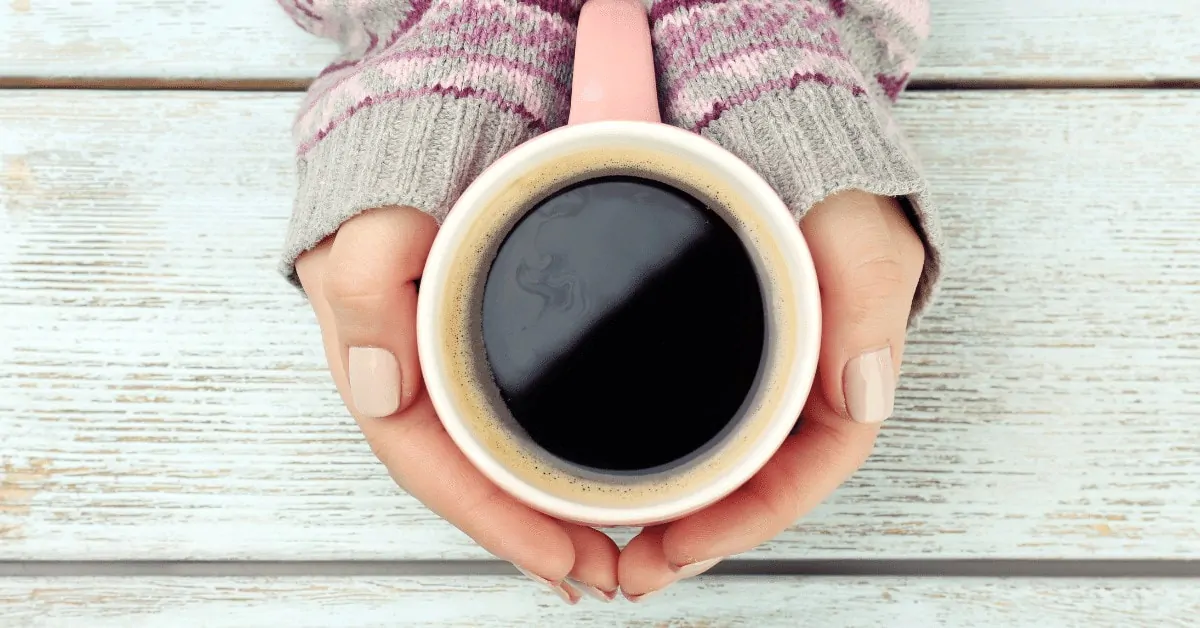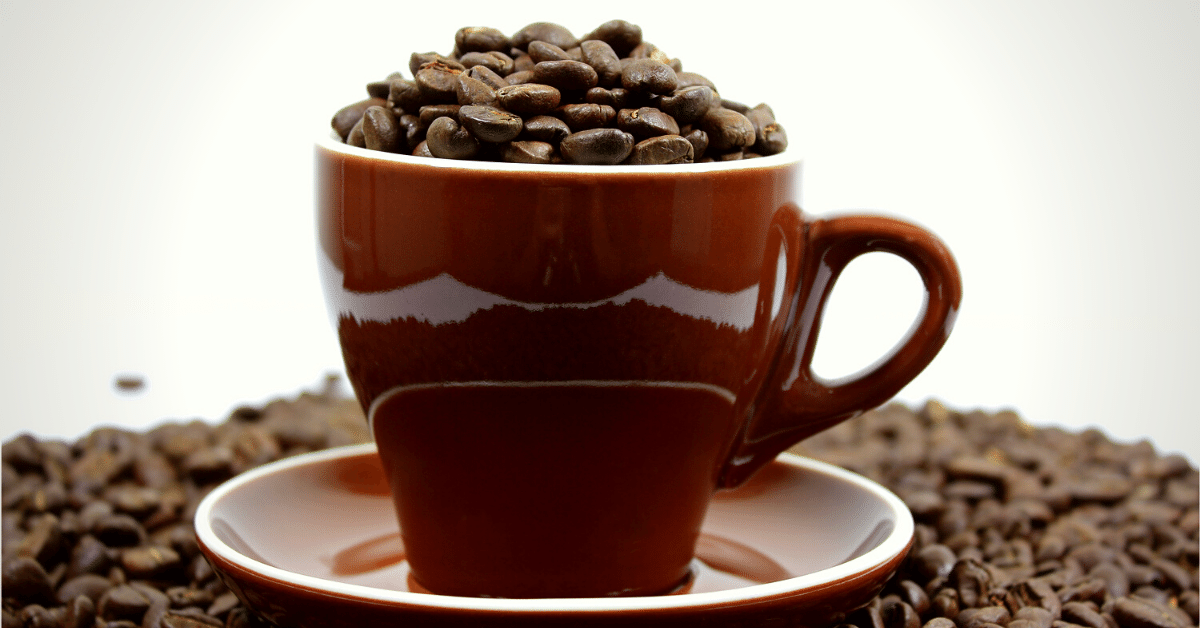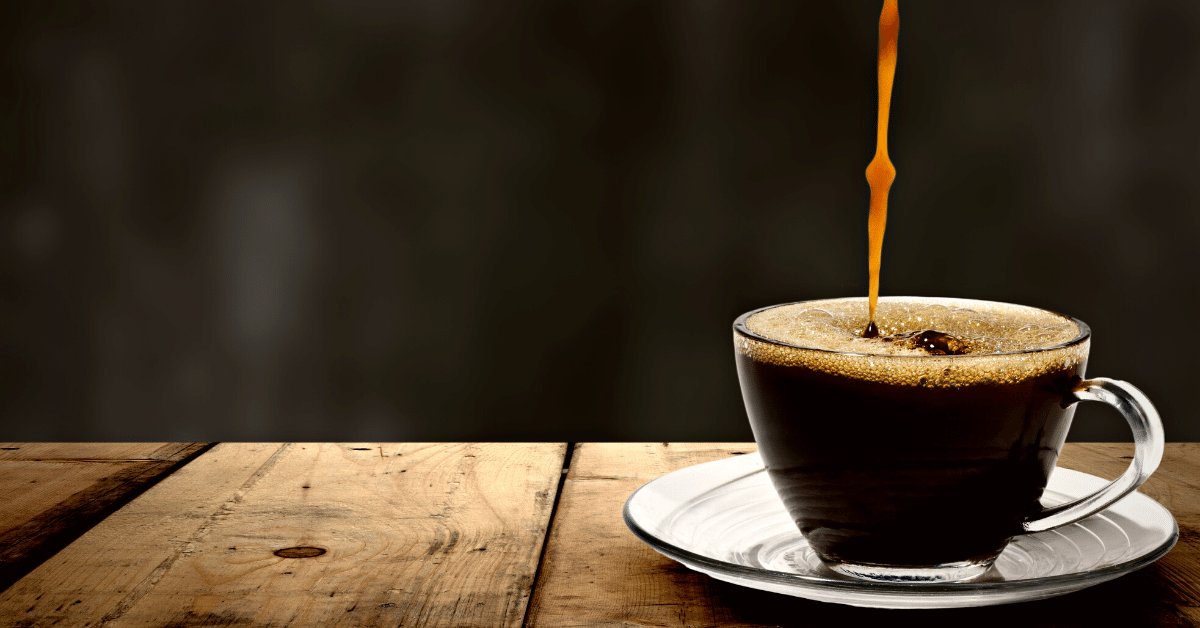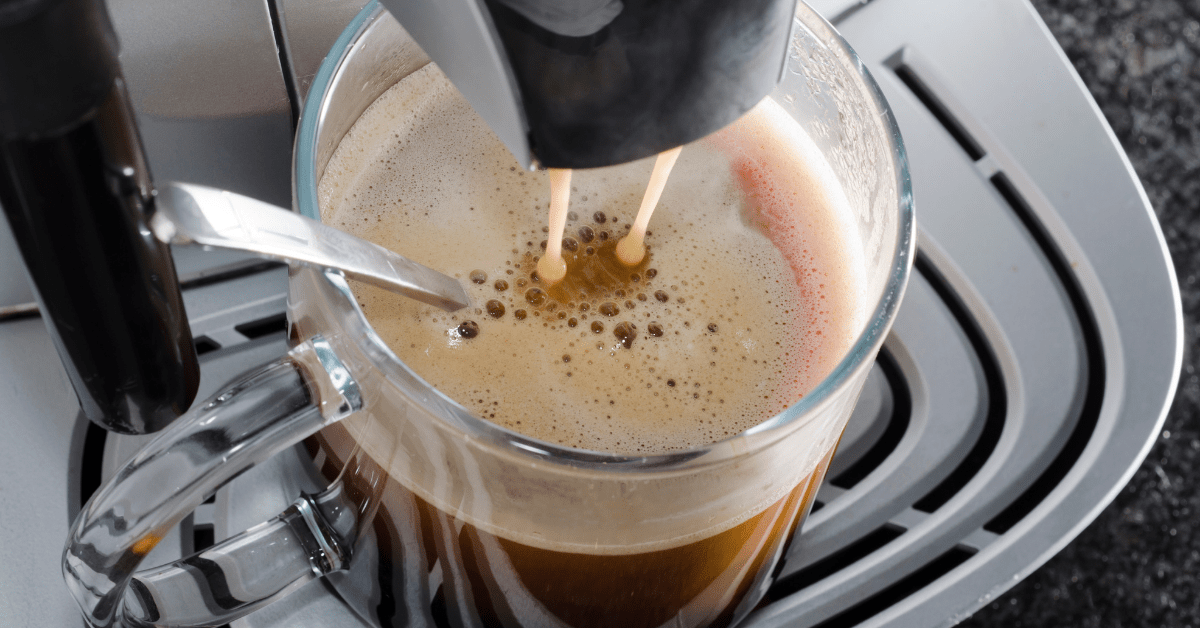Surely every coffee lover has heard of Keurig, one of the leaders in coffee brewing. But who owns Keurig? Let’s find out.
Keurig is a well-known name in the coffee and beverage industry. The brand gained popularity for making K-Cup pods and proprietary machines that use them.
Today is a part of Keurig Dr. Pepper, a merger conglomerate that is the third-largest beverage company in North America!
But who owns Keurig, then? Well, several companies are stakeholders, but only a couple of them have the majority. After many hours of research, I can tell you the exact numbers, as well as how that affects Keurig’s impact on the industry.
Let’s begin!
Early History Of Who Owns Keurig
Keurig has been around for a long time now. To be precise, the company was founded in 1992 by ex-college roommates John Sylvan and Peter Dragone.
A few years prior to that, Sylvan had a tech job at an office. And one thing he hated the most about it – was a big pot of coffee that grew stale and bitter over time. Wouldn’t it be great if every office worker could make themselves a single serving whenever they want it?
Well, that’s exactly what he thought. Sylvan came up with the idea of a single-serving pod filled with coffee grounds and a special machine to brew it. He reached out to his old roommate, Dragone, to help in developing a business plan, and not long after, Keurig was born.
The original vision was to make brewers and K-pods for offices, which Keurig first launched in 1998. These brewers were huge and had to be hooked up to an office’s water supply.
As the consumer demand for home-use brewers quickly increased, Keurig started working on a prototype. Manufacturing a small and inexpensive brewer, but profitable, was quite a task. It took Keurig a few years, but in 2004, the first home-use machine was added to the product list.
Transition To Major Ownership
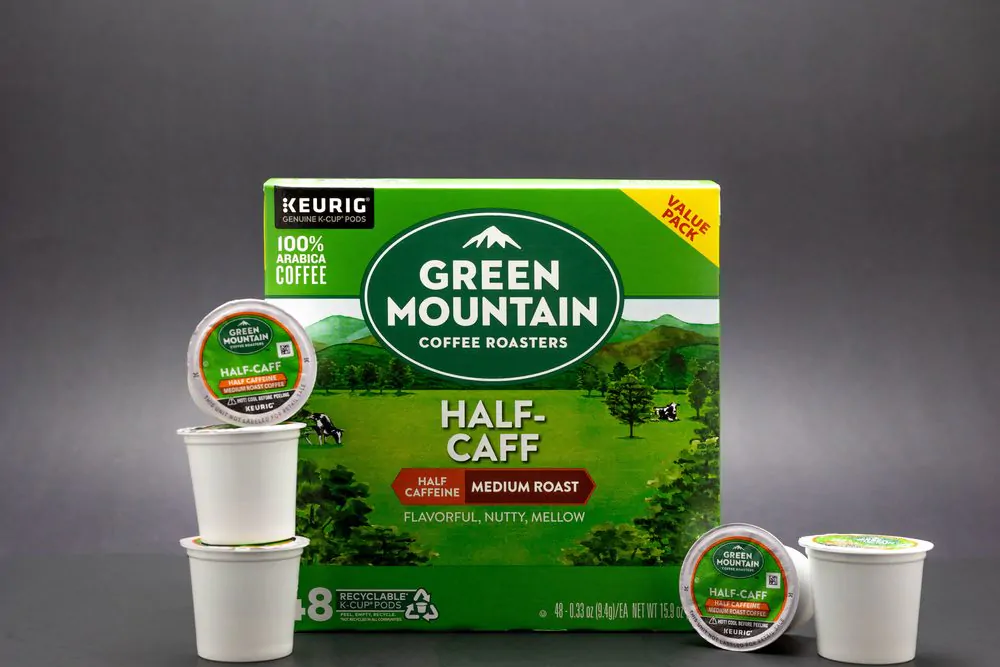
Getting into the home-use brewer business was not an easy job. Creating such a machine required funds – a lot of it. Luckily, there was a company that was investing in Keurig since the beginning – Green Mountain Coffee Roasters.
GMCR was the first roaster to offer coffee in a K-Cup pod for Keurig brewers. By 2003, a year before home-use brewers hit the market, this company already acquired 43% ownership of Keurig through investment.
Three years later, GMCR completed its acquisition of Keurig. Combining a brewing machine manufacturer and a high-end coffee provider into one company was a great deal, as it created the so-called “razor/razorblade” business model.
The idea behind this business model is to have one item sold at a low price in order to increase the sales of its complementary goods. And that’s what Keurig did – offered relatively affordable home brewers, while the revenue stream came from coffee pods, sold at a higher profit margin.
For years, Keurig worked as a subsidiary of Green Mountain Coffee Roasters. But that changed in 2014 when it ceased to be a separate business and became the main brand of GMCR. To accentuate that, GMCR changed the company name to Keurig Green Mountain.
Subsidiaries And Brands Under Keurig
Keurig’s portfolio is pretty impressive. Over the course of its existence, the company has bought licenses, partnered with, or become the owner of more than 125 brands.
When it comes to coffee and other brewed drinks like hot and iced teas or hot cocoa, Keurig has many brands under its name. Some of the most famous ones include Tully’s Coffee, McCafe, Cinnabon, Kahlua, Newman’s Own, and Krispy Kreme Doughnuts.
Nowadays, Keurig subsidiaries aren’t limited to brewed beverages. From premium waters to carbonated drinks, the brand has quite a diverse portfolio. Aside from Dr Pepper, other products under Keurig include Core Hydration, 7Up, Snapple, Big Red, Schweppes (in North America), and Hawaiian Punch.
Recent Acquisitions And Mergers
Keurig Green Mountain was a profitable company, and it caught the eye of a large private equity firm named JAB Holding Company. JAB acquired Keurig Green Mountain in 2016 for almost $14 billion!
With the acquisition, Keurig Green Mountain became a privately held company. However, it still remained an independent entity with its own management team.
Two years later, Keurig’s parent company JAB bought out the shareholders of Dr Pepper Snapple and merged the two together. The deal, worth $18.7 billion, created Keurig Dr Pepper, which is now the 3rd largest beverage company in North America.
This was quite an investment, but as we get to see in future years, quite a profitable one. Not right away, though. To aid in financing the deal, new shares had to be issued, which caused lower earnings per share.
Plus, the fact that the pandemic started just one year later didn’t help. However, Keurig Dr Pepper quickly rose to its feet.
Current Ownership
So, what does Keurig ownership look like today? Currently, institutional investors have a fair amount of stake in the company.
The largest stakeholder is JAB Holdings B.V. which owns 27.44% of the shares outstanding. This company is followed by Capital Research and Management Company owning 9.49% of common stock, and The Vanguard Group, Inc. holding 5.49% of the company stock.
Actually, the top five investors have a majority stake in the company, with over 50% ownership. What this means is that they can have a huge influence on business strategies.
Impact On The Coffee Industry
The merger with Dr. Pepper turned out to be a good strategic decision. By 2020, the number of households in the US using a Keurig machine grew by around 3 million, making it a total of almost 36 million. Not only that but:
- Net sales also increased by 4.5%
- Financial obligations were reduced by over $1.1 billion
- GAAP operating income went up 4.3%
And this is just in the first two years of business. We can safely conclude that the merger of the two beverage companies was a good deal for both sides.
Future Outlook And Speculations
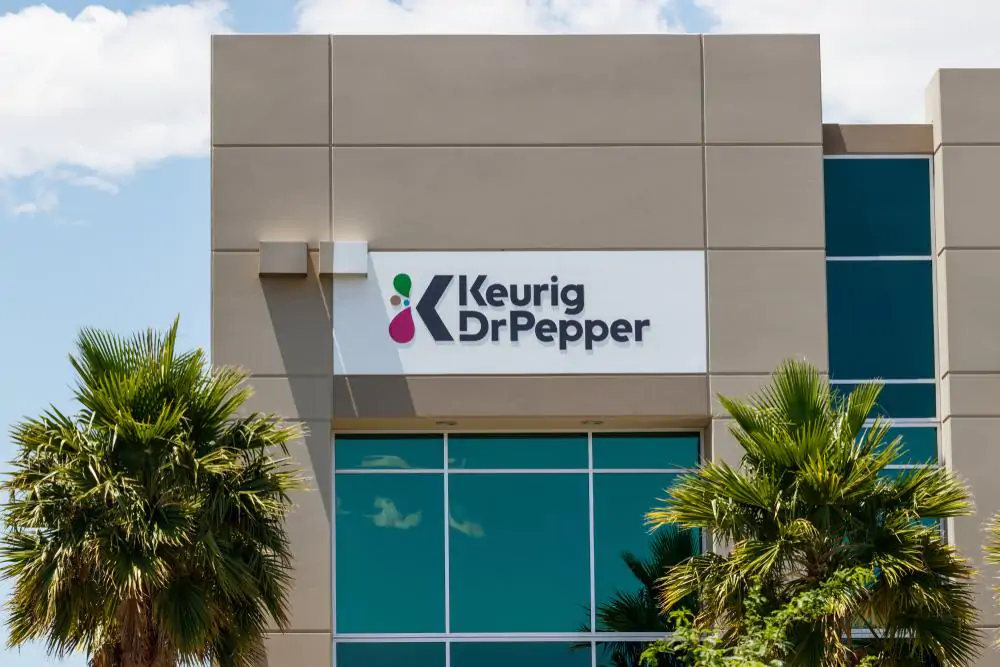
Currently, roughly 50% of Keurig Dr. Pepper is controlled by the top five shareholders. This means they wield significant power in the decision-making process.
However, insiders own about 1.1% of the company, and the numbers are constantly growing. Potential investors like seeing a high percentage of insider ownership, as it shows management incentives are in alignment with other shareholders.
In any case, one thing we can safely conclude is that Keurig is not going anywhere. Regardless of its ownership, the brand will remain an important name in the coffee and beverage industry.
New to Keurig machines? Here’s our step-by-step guide on how to use a Keurig brewer.


